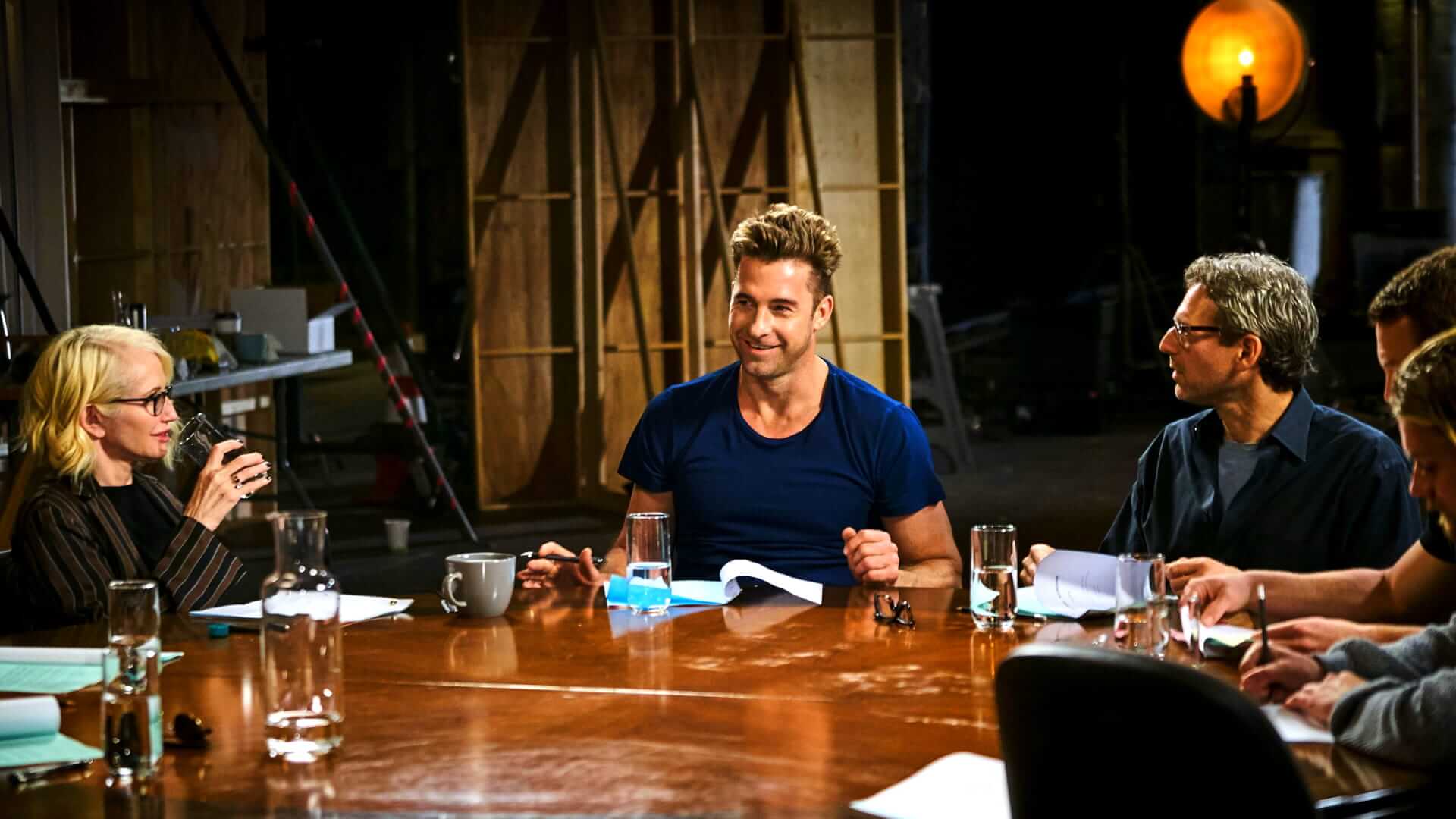What Does an Actor Do?
Core Responsibilities
Script Interpretation
Analyzing dialogue, subtext, and character motivations to understand the story's deeper meaning
Character Development
Creating backstory, physicality, and emotional depth to bring characters to life
Collaborative Storytelling
Working closely with directors, fellow actors, and crew to serve the overall vision
Emotional Authenticity
Accessing genuine emotions and reactions that resonate with audiences

Table Reads: The Foundation
Table reads are essential for actors to understand their characters in relation to the entire story and other characters.


